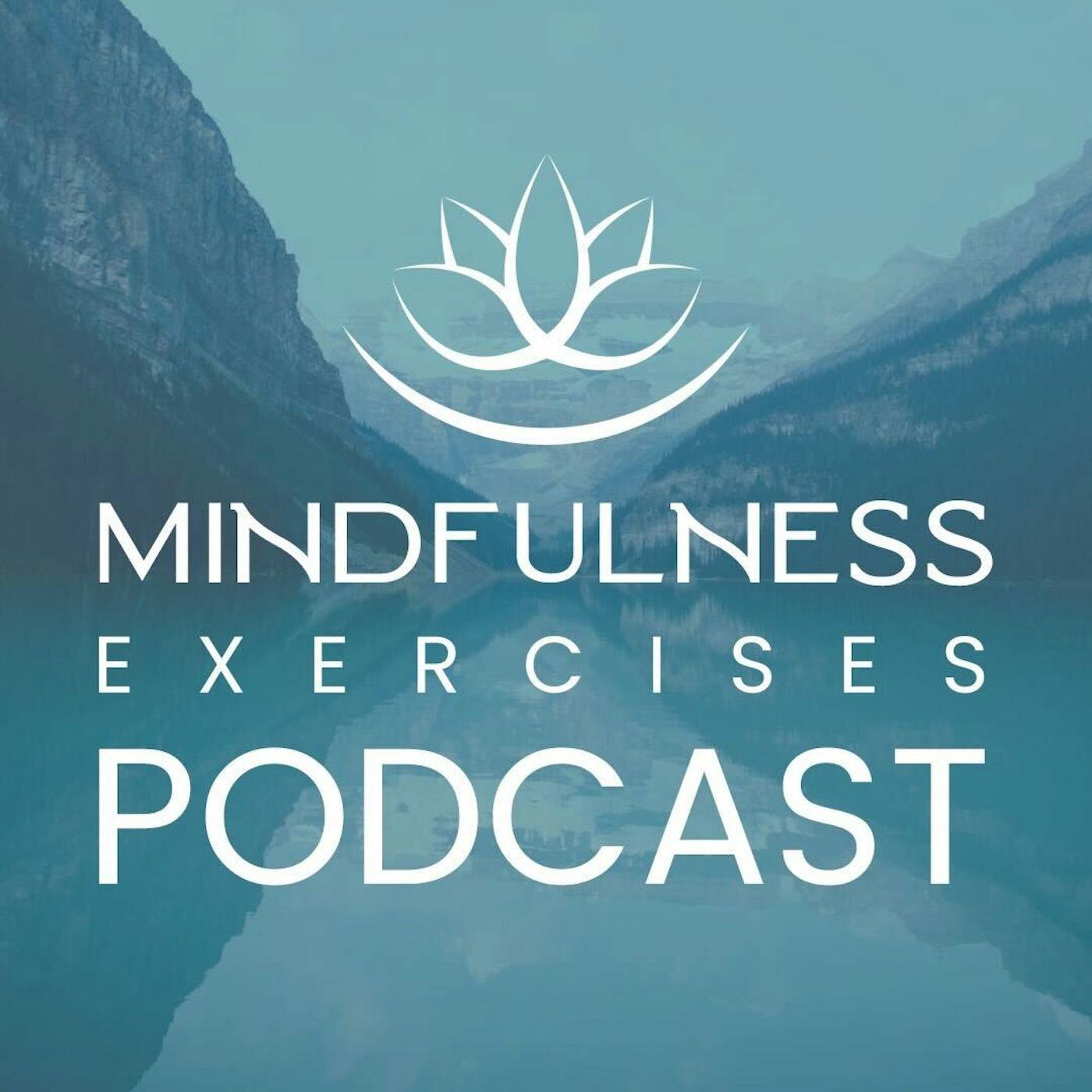
How to Teach Mindfulness Without Bypassing Trauma

Mindfulness Exercises
Deep Dive
Shownotes Transcript
Spiritual bypassing can quietly undermine our best intentions as mindfulness teachers — especially when trauma is involved. In this powerful episode, we unpack what it means to teach mindfulness without bypassing trauma, and why it’s so essential to adapt practices for the nervous system needs of trauma survivors.
You’ll learn how to recognize subtle signs of trauma activation, adjust language and posture cues for safety, and create mindfulness environments where students feel seen, empowered, and respected. This is an essential listen for any teacher who wants to serve with integrity and avoid causing harm — while also deepening their own self-awareness along the way.
🔹 What spiritual bypassing looks like in mindfulness settings — and how to avoid it
🔹 How trauma impacts the nervous system and why standard practices can backfire
🔹 The most common language mistakes teachers make that unintentionally harm students
🔹 Practical, trauma-sensitive alternatives to traditional meditation cues
🔹 How to foster choice, agency, and psychological safety in every class or session
🔹 Specific red flags that may indicate trauma activation in students
🔹 Real case studies showing how skilled teachers adjusted in the moment
🔹 Why self-awareness, therapy, and ongoing education are essential for mindfulness guides
🔹 Resources and books to further develop trauma-informed teaching
🔹 Encouragement for holding space with humility, presence, and genuine care
This is made for:
Mindfulness and meditation teachers
Therapists and coaches using contemplative tools
Yoga and somatic practitioners
Healthcare professionals
Anyone guiding others through inner work, healing, or stress reduction
Enjoyed this episode?
⭐ Leave us a review and share how mindfulness enhances your personal or professional practice!
Join our community to connect with other mindfulness professionals: Mindfulness Exercises Website: mindfulnessexercises.com) Connect Community for Mindfulness Teachers: mindfulnessexercises.com/connect-mindfulness-community) Instagram: @Mindfulness.Exercises) LinkedIn: Mindfulness Exercises) Facebook: Exercising Mindfulness)
Explore more guided meditations and mindfulness resources at Mindfulness Exercises).
Learn more about your ad choices. Visit megaphone.fm/adchoices)